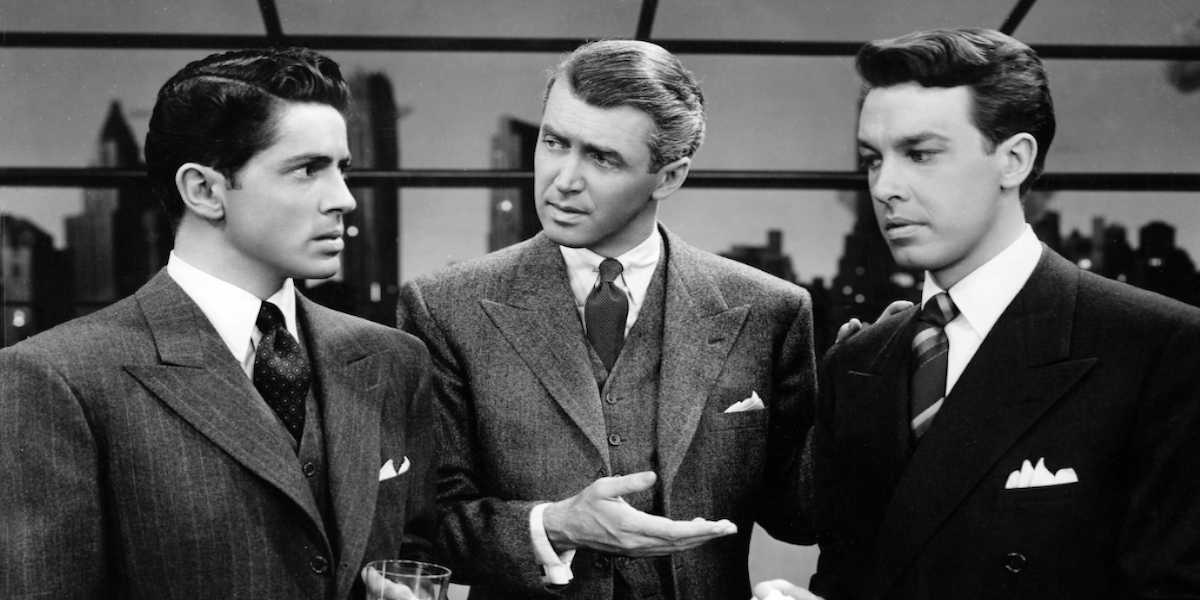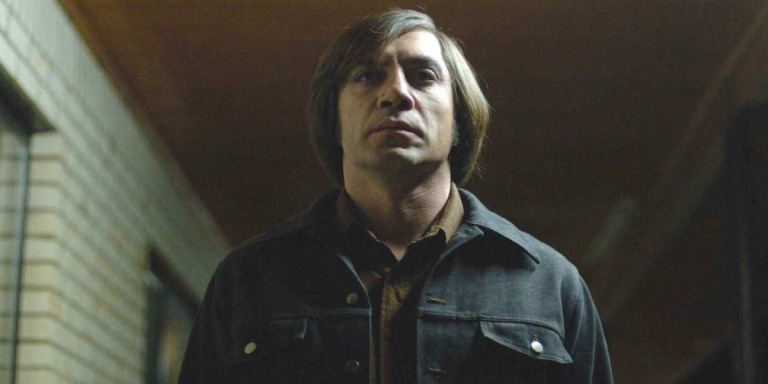Peter Swanson and the Cinematic Inspiration of Film Noir

When you write books for a living you are often asked to make lists. Books that have influenced you. Books on your bedside table. Favorite books of the year. I do like writing these because a) I love to read and b) I’m a natural list maker. But I’m also a rabid movie fan so this time, for a change, I’m going to put together a list of films. I will happily watch all genre of films (the one exception being the bio-pic), but crime films are my favorite. This love affair probably began when I first saw Dial M for Murder on television when I was ten years old. It has never wavered. So here are seven films, all chosen because they have been influential in some way to the plot or feel of one of my novels. And they are all films that I deeply love.
The 39 Steps (1935)
I saw this when I was quite young, and it fooled me into thinking that my life would be far more exciting than it has been. I was led to believe that a night out at a theatre would inevitably lead to a doomed female spy ushering me into an extraordinary adventure. And that is what I take from this classic man-on-the-run thriller by Alfred Hitchcock. Spy stories don’t need professional spies, just as mystery stories don’t need professional detectives. Amateurs make for good protagonists, too.
Leave Her to Heaven (1945)
This technicolor noir, part thriller and part marital melodrama, has one of my favorite murder scenes ever. I won’t give it away except to say that it’s both shocking and plausible. Gene Tierney plays a psychopath but in such a way that she is not entirely defined by her psychopathy. It’s a character study that turns nightmarish. In a way, she is both monstrous but recognizably human, something I strive for when creating villains.
Rope (1948)
Speaking of psychopaths, this ingenious film, also by Alfred Hitchcock, is an exploration of the criminal pair. Based on a play by Patrick Hamilton that was itself based on the real-life murderers Leopold and Loeb, two young men team up to kill a random acquaintance, simply because they can. What I love most about this plotline is how the two men have entered into a criminal pact, spurring themselves on to do something that maybe neither of them would do alone. It’s a theme I’ve explored in several of my books, including my latest, The Kind Worth Saving.
The Last of Sheila (1973)
This oddity was the only film written by Stephen Sondheim. He co-wrote it with Anthony Perkins, a puzzle mystery about a bunch of Hollywood-types invited to play a murderous game on a yacht. Of course, a series of real murders occur as the game switches from fun to serious. I love how entertaining this movie is while never shying away from the brutality of murder. It has a tone I often try to replicate.
Body Heat (1981)
This film keeps rising on my own personal list of favorites. I’ve always loved it, but what I used to view as a brilliant reimagining of Double Indemnity, now seems like it a classic film in and of itself. Kathleen Turner’s femme fatale Matty Walker is iconic, but so is William Hurt’s portrayal of a slightly dim lawyer named Ned Racine, who willingly marches into Matty’s orbit knowing he’s going to get burned. There’s an ingenious plot point from this film that I lifted entirely for one of my books, along with myriad other details that have influenced my work.
Jackie Brown (1997)
My favorite film of the 1990s, my favorite Tarantino, and my favorite Elmore Leonard adaptation. What works so brilliantly is how seamlessly the narrative changes perspectives, so that we see the world through the eyes of its myriad characters. And by the big set-piece—a bait-and-switch inside a mall, of all places—all those perspectives merge into a glorious whole. And along the way the characterization, and most importantly, the dialogue, shines.
Brick (2005)
Director Rian Johnson’s first film is a low-budget hybrid noir set among high school students. It shouldn’t really work—California teens speaking as though they’re in a Dashiell Hammett novel—but it does. In some ways this film gave me the confidence to write my novella, The Girl With a Clock for a Heart, a similarly hardboiled noir story that I set among college students in the 1980s. That novella got me my agent, who then convinced me I could expand it into a novel. That novel became my first published work. So in some ways Brick probably changed my life more than any of the other movies on this list.
Discover the Book
In this spectacularly devious novel by New York Times bestselling author Peter Swanson, a private eye starts to follow a possibly adulterous husband, but little does he know that the twisted trail will lead back to the woman who hired him
There was always something slightly dangerous about Joan. So, when she turns up at private investigator Henry Kimball’s office asking him to investigate her husband, he can’t help feeling ill at ease. Just the sight of her stirs up a chilling memory: He knew Joan in his previous life as a high school English teacher, when he was at the center of a tragedy.
Now Joan needs his help in proving that her husband is cheating. But what should be a simple case of infidelity becomes much more complicated when Kimball finds two bodies in an uninhabited suburban home with a FOR SALE sign out front. Suddenly it feels like the past is repeating itself, and Henry must go back to one of the worst days of his life to uncover the truth.
Is it possible that Joan knows something about that day, something she’s hidden all these years? Could there still be a killer out there, someone who believes they have gotten away with murder? Henry is determined to find out, enlisting help from his old nemesis Lily Kintner—but as he steps closer to the truth, a murderer is getting closer to him, and in this hair-raising game of cat and mouse only one of them will survive.
By clicking 'Sign Up,' I acknowledge that I have read and agree to Hachette Book Group’s Privacy Policy and Terms of Use


